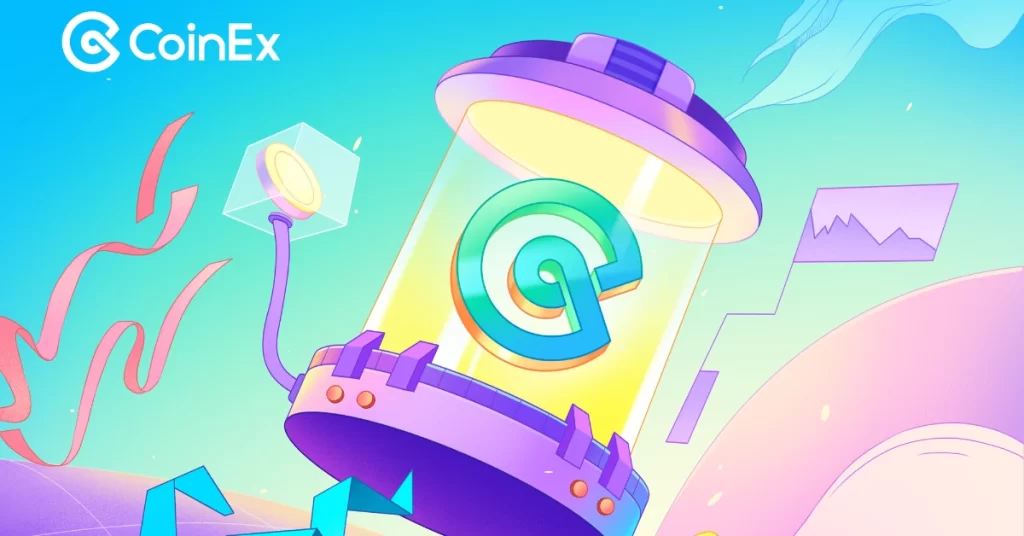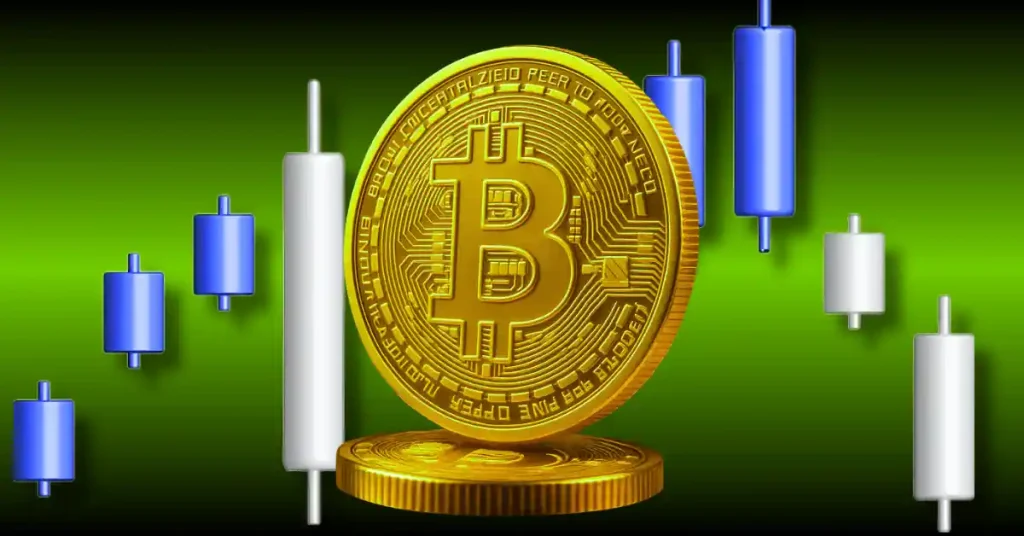
The post CoinEx Institutio | A Brief Analysis of the Bitcoin Ordinals Protocol appeared first on Coinpedia Fintech News
For a long time after its birth, Bitcoin progressed slowly. However, Ordinals, a new development within the Bitcoin ecosystem, emerged in early 2023. It allows users to inscribe unique, verifiable crypto assets onto specific Satoshis in the Bitcoin network, which has sparked a small craze surrounding native Bitcoin NFTs and tokens. Additionally, Ordinals also helped Bitcoin improve the inflow of funds, creating a vibrant ecosystem. As Ordinals attract new users and transactions to the Bitcoin network, miners have also benefited from the increased usage. As of May 31, over 10 million inscriptions have been created, costing over 1,600 BTC with transaction fees exceeding $40 million. Despite that, this development has also sparked some controversy in the Bitcoin community. Critics say that it deviates from Bitcoin’s original purpose as a peer-to-peer electronic currency and creates clutter in the precious block space.

 Source: https://dune.com/dgtl_assets/bitcoin-ordinals-analysis
Source: https://dune.com/dgtl_assets/bitcoin-ordinals-analysisFoundation of Ordinals
Segregated Witness (SegWit)
In August 2017, Bitcoin SegWit (Segregated Witness) was officially activated. The Bitcoin Core developers opposed directly increasing the block size limit without technical improvements and consideration for balanced resource expenditure. Yet SegWit allows each block to accommodate more transactions without directly increasing the original 1MB limit. This upgrade introduced the concept of witness data by moving certain information (such as transaction signatures) to the witness data, reducing the block space occupied by each transaction and indirectly enhancing the network’s processing capacity. For nodes supporting SegWit, however, the actual data received is often larger than 1MB (block + witness data) because witness data is stored separately.
Here’s an example of the original script without using SegWit:
[…]“Vin” : [
“txid”: “0627052b6f28912f2703066a912ea577f2ce4da4caa5a5fbd8a57286c345c2f2”,
“vout”: 0,
“scriptSig”: “<Bob’s scriptSig>”,
] […]
A script using SegWit:
[…]“Vin” : [
“txid”: “0627052b6f28912f2703066a912ea577f2ce4da4caa5a5fbd8a57286c345c2f2”,
“vout”: 0,
“scriptSig”: “”,
] […]
“witness”: “<Bob’s witness data>”
[…]Taproot
In 2021, Taproot, the most significant technical upgrade of the Bitcoin network after SegWit, officially went live and introduced new script features such as Schnorr signatures and Pay-to-Taproot (P2TR) outputs. Schnorr signatures make multi-signature scripts indistinguishable from single-signature ones, providing enhanced privacy for all Taproot users. Most importantly, Taproot removes the size limit on a transaction’s witness data, enabling storage of data up to 4MB on BTC.
The Birth of Ordinals
The activation of SegWit and Taproot laid the foundation for the emergence of the Bitcoin Ordinals protocol. Proposed in January 2023, Ordinals is a protocol that assigns off-chain numbers to Satoshis, the smallest unit of Bitcoin, and gradually gained consensus in the market. Leveraging the technical features of SegWit and Taproot on the Bitcoin network, the protocol enables the direct minting, transfer, and destruction of NFTs on the Bitcoin blockchain.
Ordinals introduced two major concepts: ordinal numbers and inscriptions.
Ordinal numbers: As Bitcoin is based on the UTXO model, each transaction can be traced back to all the related transactions. Ordinals employ a first-in-first-out (FIFO) algorithm to assign specific Satoshis within each transaction’s inputs to the outputs. What this means is that under the FIFO rule, each Satoshi in every transaction can be identified with a unique ordinal number. It’s similar to assigning a serial number to each banknote, which provides each Satoshi with a unique identifier, allowing us to trace its circulation and identify individuals who previously held and used the Satoshi. From a technical perspective, Ordinals provides a tool (https://github.com/casey/ord) to communicate with Bitcoin Core nodes and track the indexes of all Satoshis off-chain.
Inscriptions: Inscriptions involve storing arbitrary content in Taproot scripts (P2TR). Since Taproot scripts have almost no content restrictions and witness data comes with cheap costs, texts, photos, audio, and videos can potentially be created as digital artworks or NFTs on individual Satoshis, as long as their size doesn’t exceed 4MB. The content of inscriptions is included within the script instructions of OP_FALSE OP_IF…OP_ENDIF and is not executed by miners. The content starts with the “ord” string to indicate that it’s an inscription, which is followed by OP_PUSH 1 to state the next push contains the content type, and then OP_PUSH 0 to specify that the subsequent data push includes the content itself.
Here’s an example:
OP_FALSE
OP_IF
OP_PUSH “ord”
OP_PUSH 1
OP_PUSH “text/plain;charset=utf-8”
OP_PUSH 0
OP_PUSH “Hello, world!”
OP_ENDIF
Source: https://docs.ordinals.com/inscriptions.html
Inscriptions are like an envelope that comes with every banknote which has a unique serial number, and you get to put precious artworks or photographs into this envelope. Essentially, the Ordinals protocol assigns a unique identifier to each Satoshi and links it to the metadata in the witness data, thereby creating traceable NFTs. Moreover, thanks to Bitcoin’s robust consensus, once these digital artworks or NFTs are minted, they will permanently exist as an integral part of the network.
NFTs before FTs
Ordinals protocol has brought a new dimension to Bitcoin, expanding its applications beyond the traditional payment and store of value to NFTs and FTs. Unlike what happened in the Ethereum ecosystem, the Ordinals protocol initially sparked an NFT craze on the Bitcoin network, followed by the boom of FTs, specifically BRC-20 tokens. Prominent NFT projects like BAYC began issuing NFTs on Bitcoin through the Ordinals protocol, while anonymous Ordinals NFT projects also gained market popularity. Bitcoin inscriptions store all the content within Taproot scripts, whereas Ethereum NFTs often rely on URIs (Uniform Resource Identifiers) to locate the associated metadata, which allows the network to identify media resources (e.g., images) linked to the specific NFTs. These resources, however, are often stored on centralized servers, which means that they could be lost or tampered with. In this regard, Bitcoin inscriptions offer a more decentralized and tamper-resistant alternative.
The BRC-20 standard, proposed by Twitter user @domodata on March 8, 2023, was introduced as an FT standard based on the Ordinals protocol. Like Ethereum’s ERC20 standard, the BRC-20 standard allows for token issuance on the Bitcoin network. BRC-20 tokens are JSON files minted on Satoshis, which define the basic information such as the name, supply, and maximum minting quantity of a token, as well as its Deploy, Mint, and Transfer specifications. ORDI, for example, is the first and most successful BRC-20 token, with a total supply of 21 million and a minting cap of 1,000 per time.
Example of Deploy
{
“p”: “brc-20”,
“op”: “deploy”,
“tick”: “ordi”,
“max”: “21000000”,
“lim”: “1000”
}
Example of Mint
{
“p”: “brc-20”,
“op”: “mint”,
“tick”: “ordi”,
“amt”: “1000”
}
Example of Transfer
{
“p”: “brc-20”,
“op”: “transfer”,
“tick”: “ordi”,
“amt”: “100”
}
In early May, as some CEXs started to list BRC-20 tokens, some BRC-20 tokens in the MEME category became the subject of market speculation, driven by the FOMO sentiment surrounding such tokens. As a result, the Bitcoin network became congested due to massive transactions and transaction fees even surpassed block rewards, which is extremely rare. Despite the immense popularity, due to the network’s listed performance, the user experience was far from satisfying, and the market hype did not last long. Today, the minting volume of Ordinals has dropped to around one tenth of its peak. Although the trading volume of BRC-20 tokens has declined, the accumulated transaction fees associated with them still occupy a large portion of the total Bitcoin transaction fee.
 Source
SourceAfter BRC-20
Although BRC-20 went viral, it faced some limitations, such as restrictions on the naming length (four characters only), simple functionalities, and vulnerability to potential double-spending attacks. As a result, new token protocols have emerged on the Bitcoin blockchain. These new protocols, including ORC-20, SRC-20, BRC-21, and BRC-30, intend to provide more comprehensive features for the Ordinals ecosystem.
The ORC-20 protocol, designed to be backward compatible with BRC-20, aims to improve adaptability, scalability, and security, eliminate the possibility of double spending, and support the cancellation of transactions.
SRC-20 tokens come with specifications similar to those of BRC-20 but are based on the BTC Stamps protocol, which differs from the Ordinals-based BRC-20. The Stamps protocol embeds base64 images into BTC transaction outputs to permanently store the corresponding data on the Bitcoin blockchain. That said, the Stamps protocol suffers from a limited data capacity of only 8 KB.
BRC-21 aims to introduce cross-chain assets to the Bitcoin network. For instance, it will enable the minting of BRC-20 versions of assets from other networks (e.g., ETH and DAI) on Bitcoin. BRC-21’s deployment on the network is similar to that of BRC-20, but it adds two new fields: one for the source chain, and the other for the source chain token contract.
BRC-30 is a staking mechanism for BTC and BRC-20 tokens. It expands on the functionality of BRC-20 tokens and introduces a description of the staking protocol. With BRC-30, users can collateralize their BRC-20 tokens and BTC and receive corresponding BRC-30 tokens as rewards, providing them with more investment opportunities.
Industry Trends
The advent of Ordinals has made Bitcoin’s Satoshis more distinctive and scarcer, attracting more funds from the market. A series of applications and token protocols based on Ordinals have emerged, making the Bitcoin ecosystem even more vibrant. As we know, Bitcoin will experience another halving in 2024, which will, once again, cut the block rewards by half. The emergence of Ordinals opens up possibilities for changes in the mining fee model following Bitcoin’s future halvings.
About CoinEx
Established in 2017, CoinEx is a global cryptocurrency exchange committed to making trading easier. The platform provides a range of services, including spot and margin trading, futures, swaps, automated market maker (AMM), and financial management services for over 5 million users across 200+ countries and regions. Founded with the initial intention of creating an equal and respectful cryptocurrency environment, CoinEx is dedicated to dismantling traditional finance barriers by offering easy-to-use products and services to make crypto trading accessible for everyone.

 2 years ago
104
2 years ago
104
 Source:
Source: 













 English (US) ·
English (US) ·